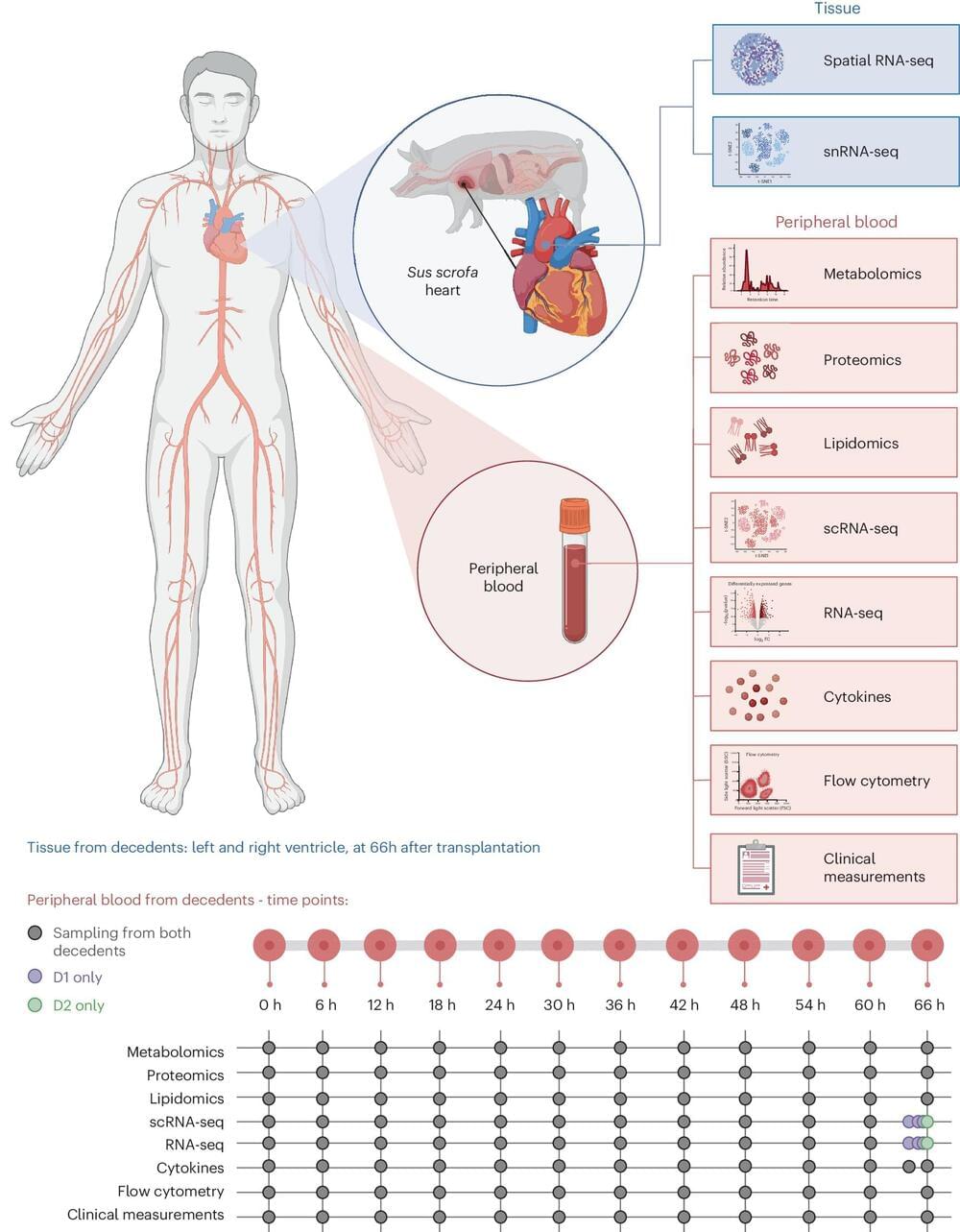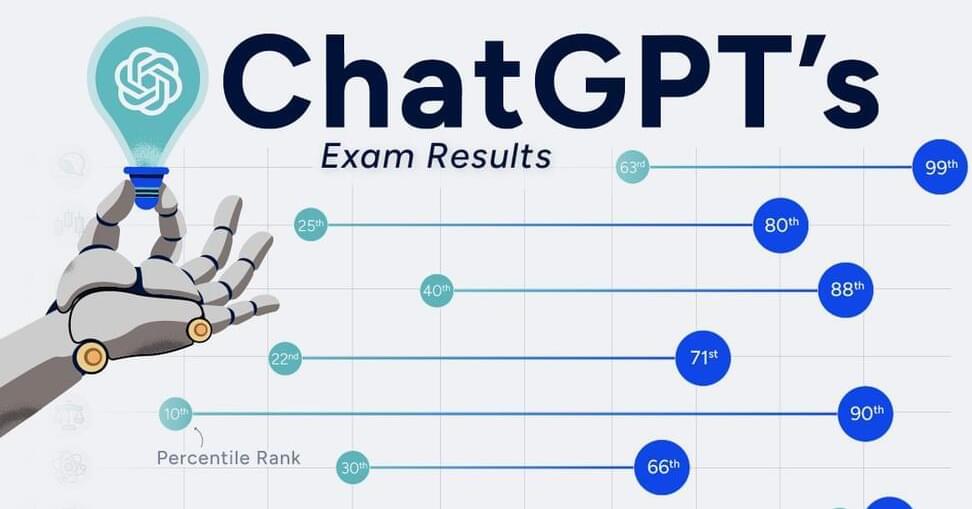Can the very locations that fossil fuels are mined also be used to extract rare earth elements (REEs) for renewable energies? This is what a recent study published in Frontiers of Earth Science hopes to address as a team of researchers investigated how coal mines could be exploited for REEs whose metals could be used for technology applications and renewable energies throughout the world. This study holds the potential to help scientists, miners, and conservationists better understand previously unknown avenues for pursuing REEs within the United States, as REEs are traditionally imported from other countries.
“The model is if you’re already moving rock, could you move a little more rock for resources towards energy transition?” said Dr. Lauren Birgenheier, who is an associate professor of geology and geophysics at the University of Utah and a co-author on the study. “In those areas, we’re finding that the rare earth elements are concentrated in fine-grain shale units, the muddy shales that are above and below the coal seams.”









